At the end of 2003 the first 21st-century Bugatti, a blend of traditional craftsmanship and ultra-modern industrial production, will leave the factory - the Bugatti EB 16·4 Veyron, a production car of exceptionally unusual design that will be based on the design study of the same name displayed by BUGATTI Automobiles S.A.S. at the 72nd Geneva Motor Show in 2002.
2002 Bugatti EB 16/4 Veyron
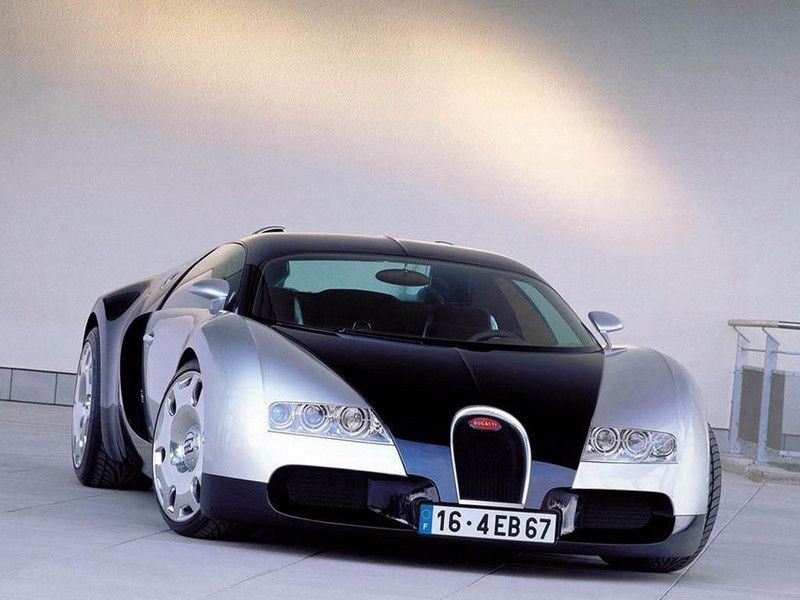

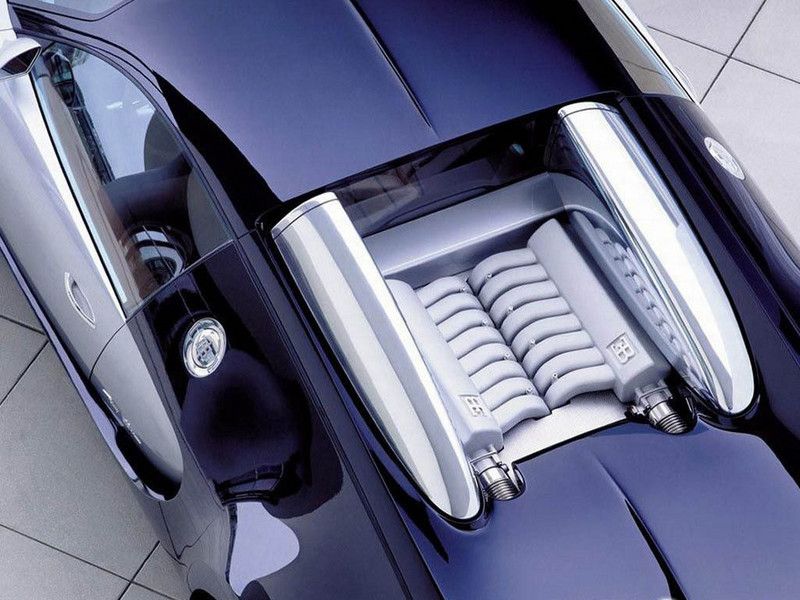
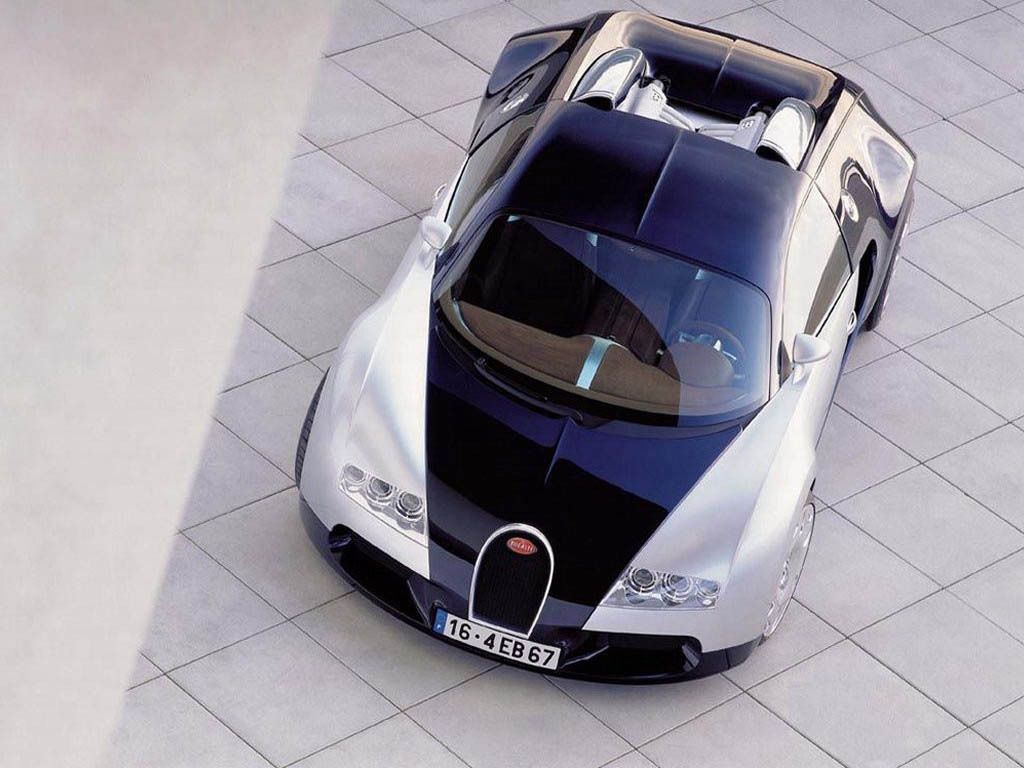
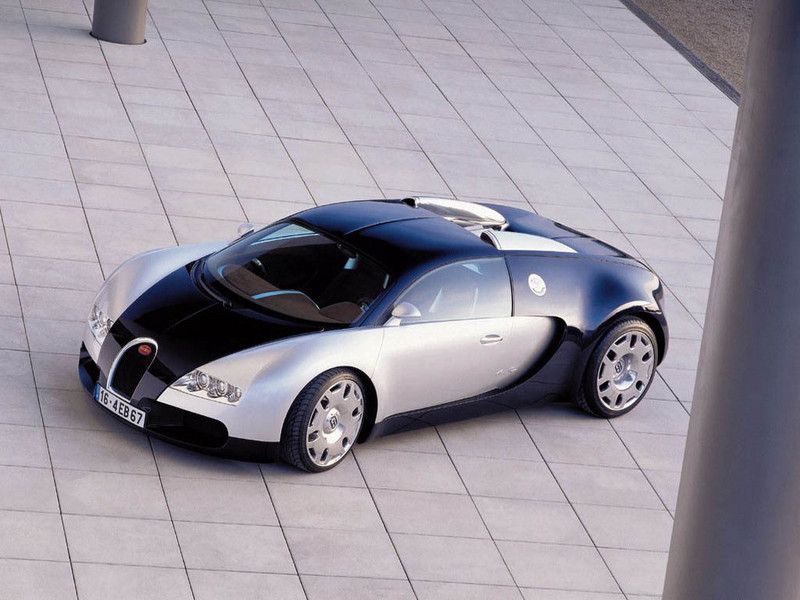
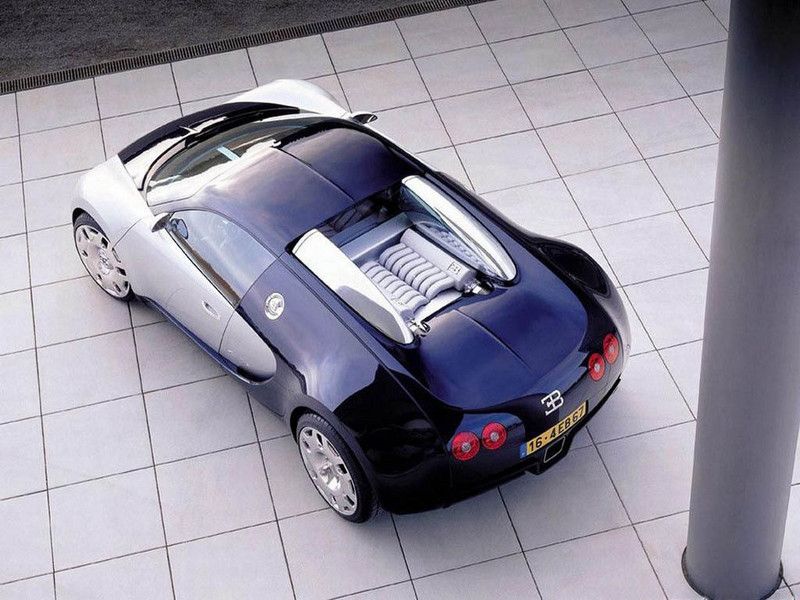

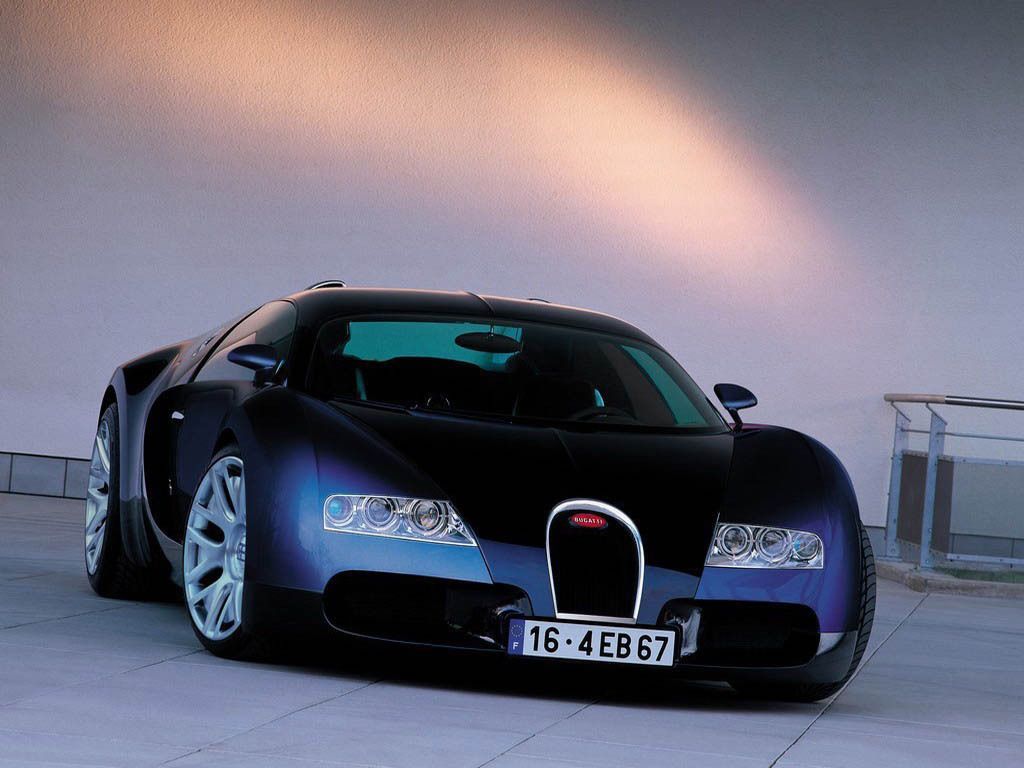
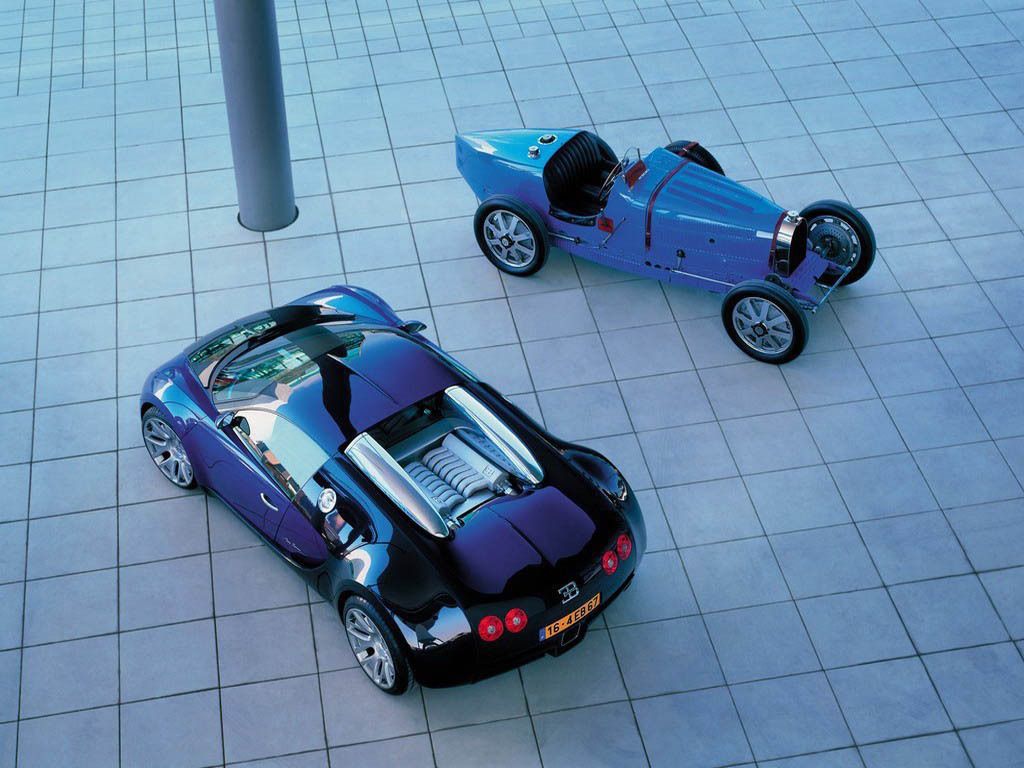
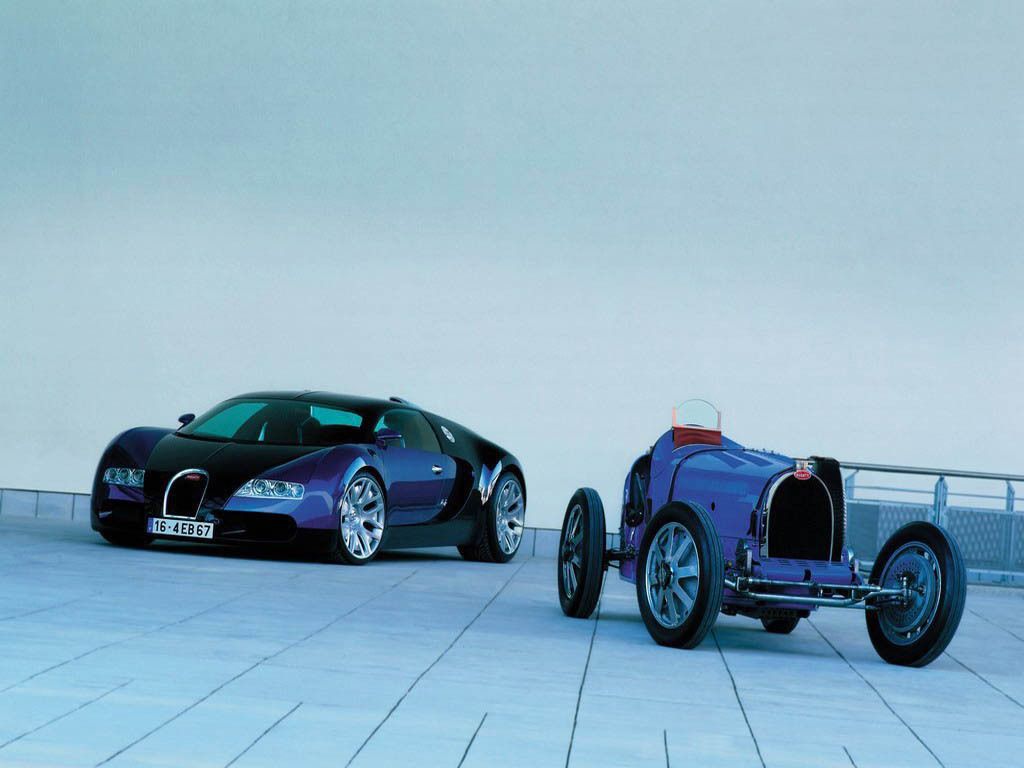
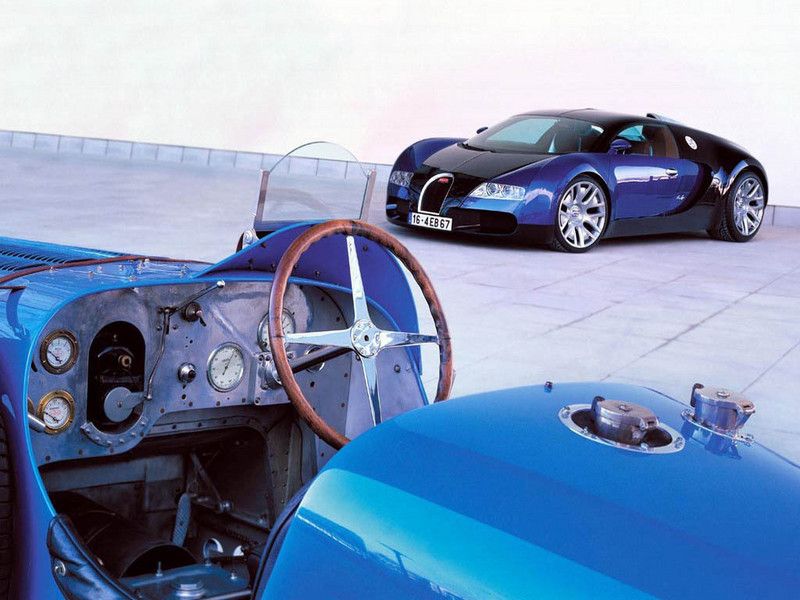
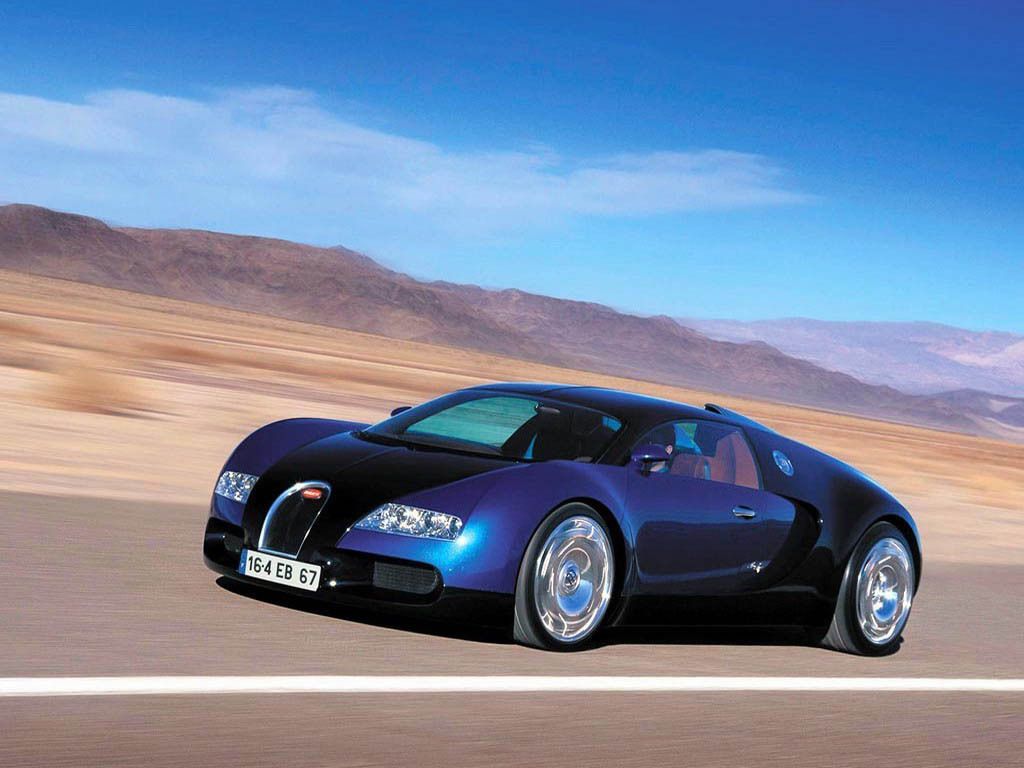
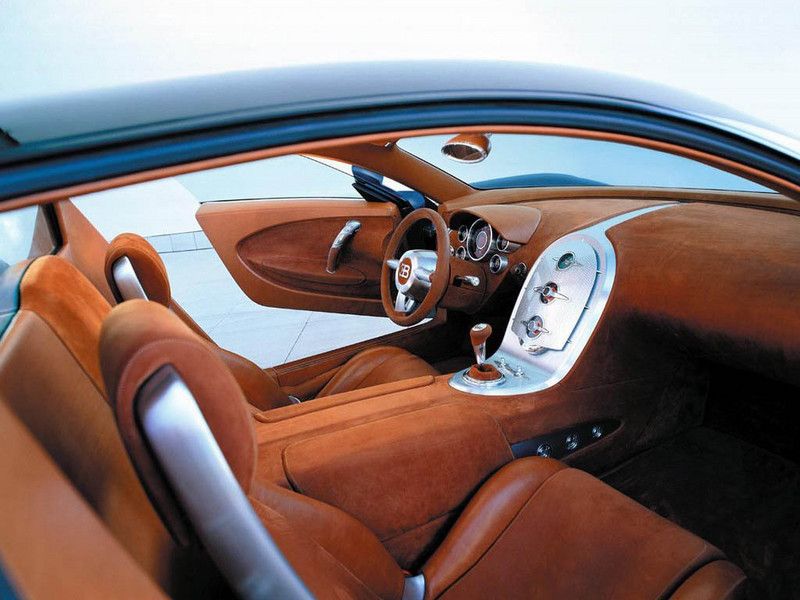
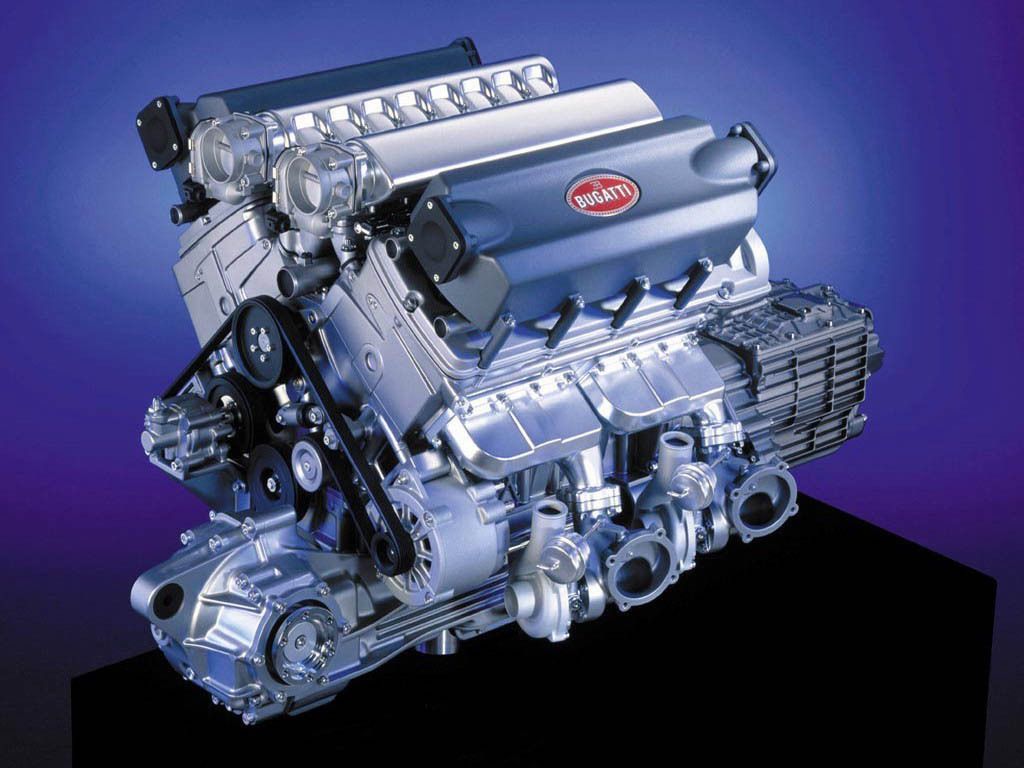
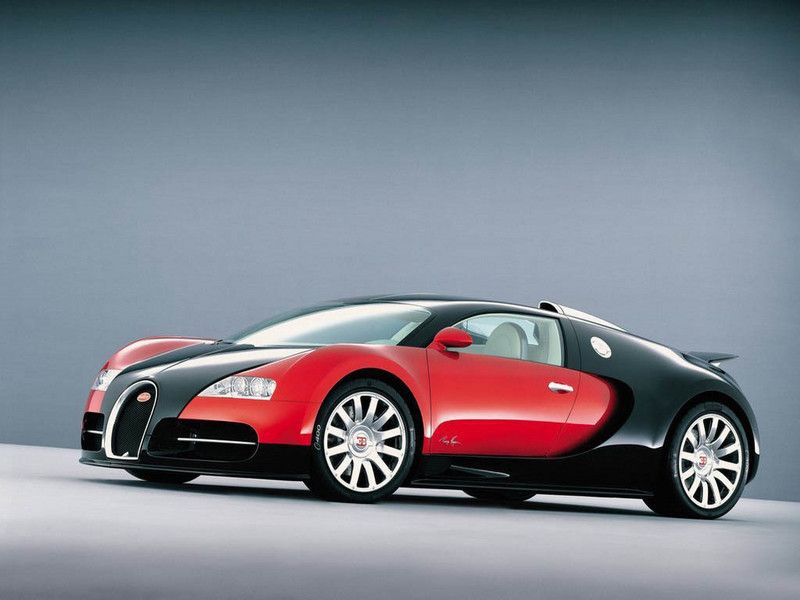
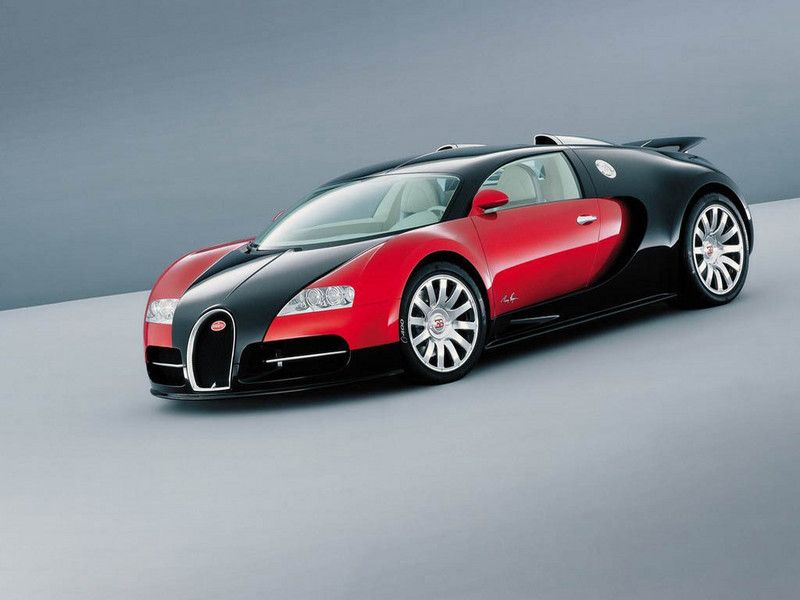
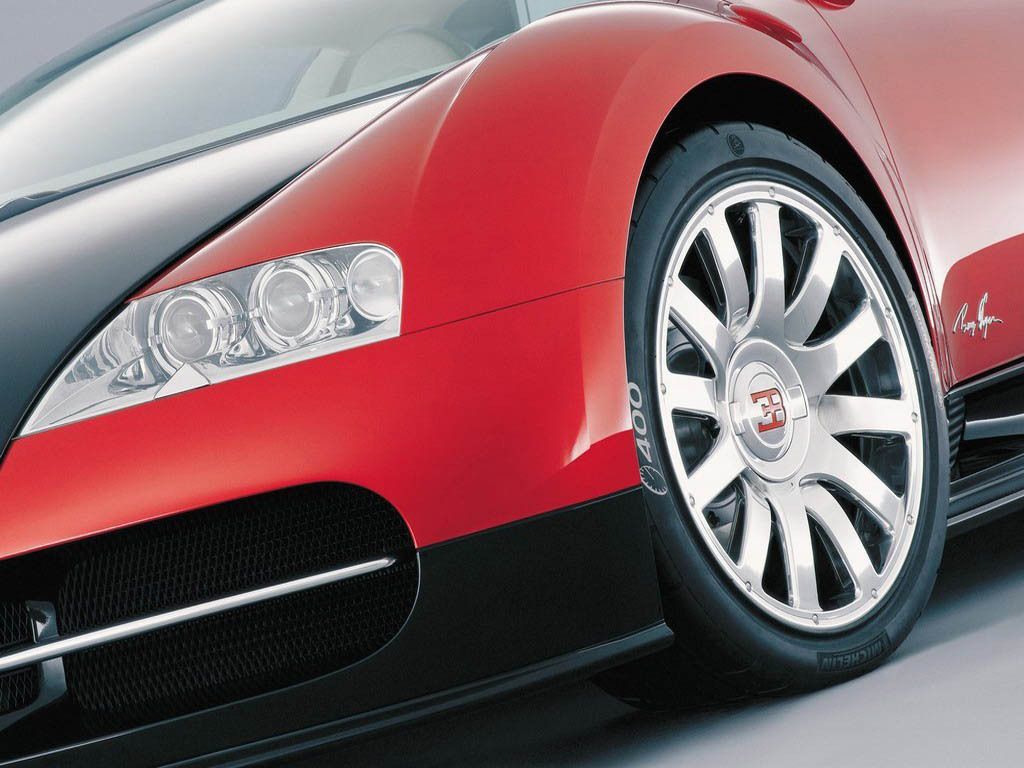
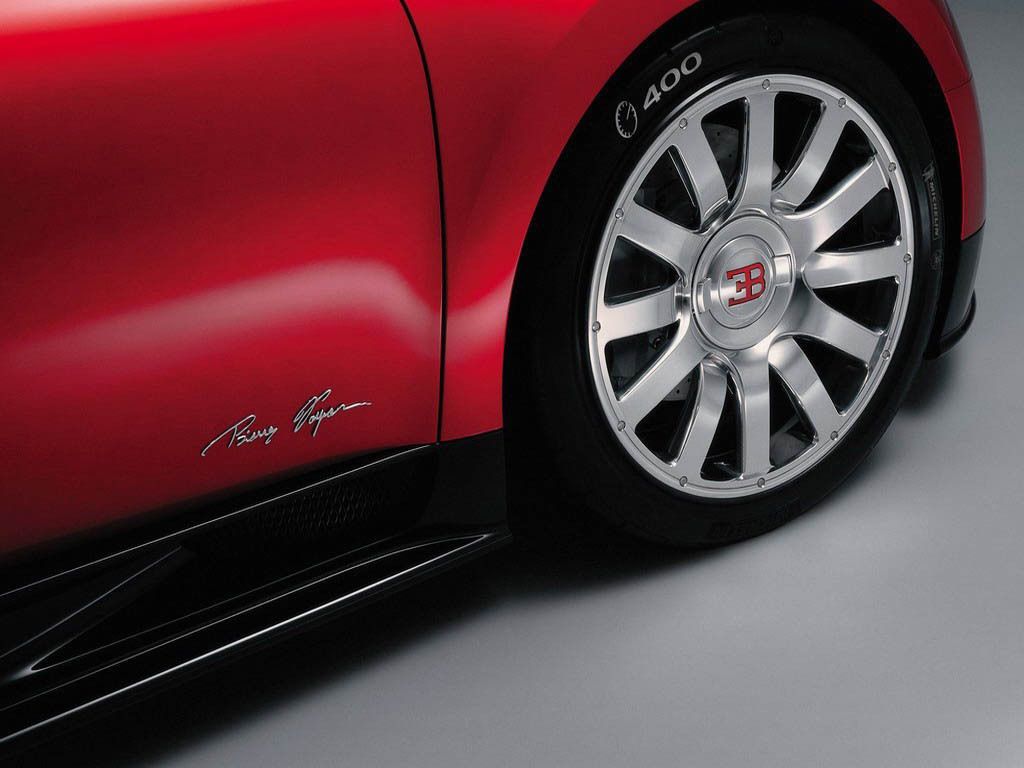
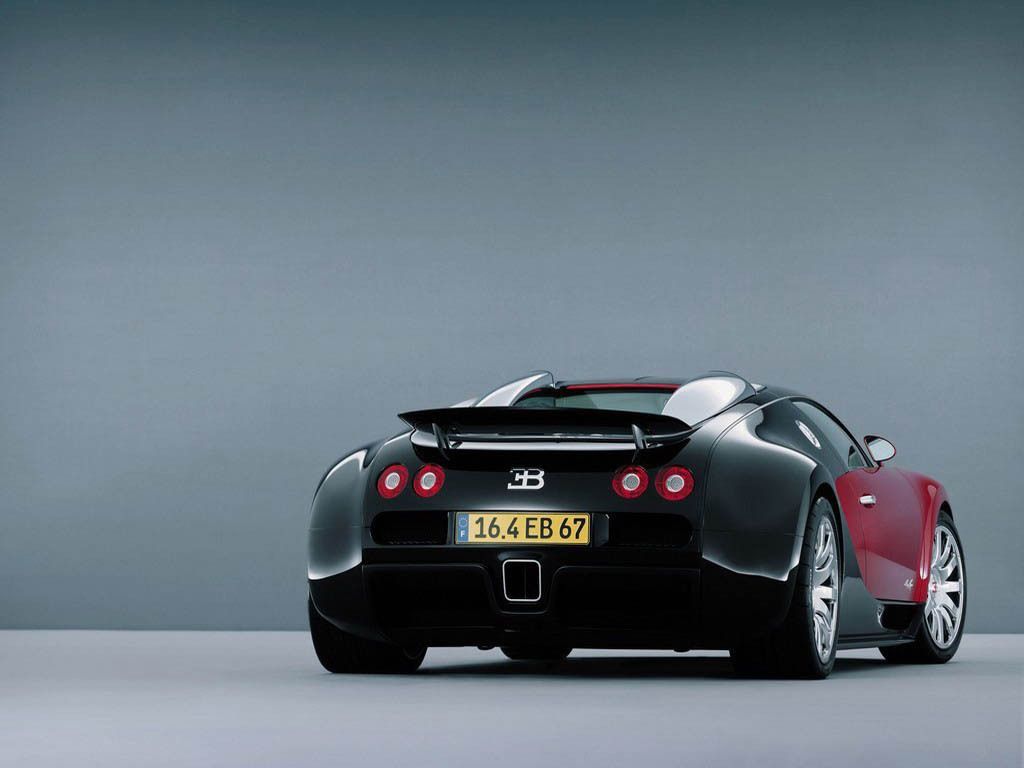
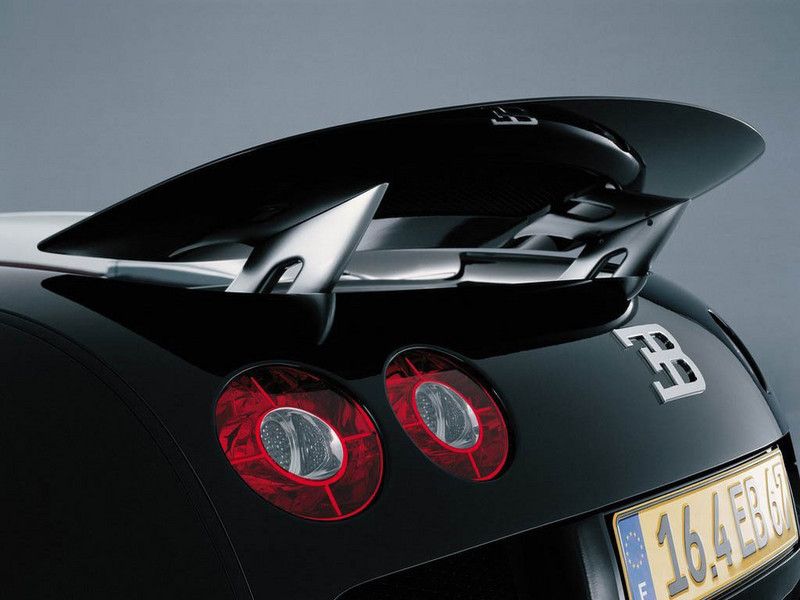
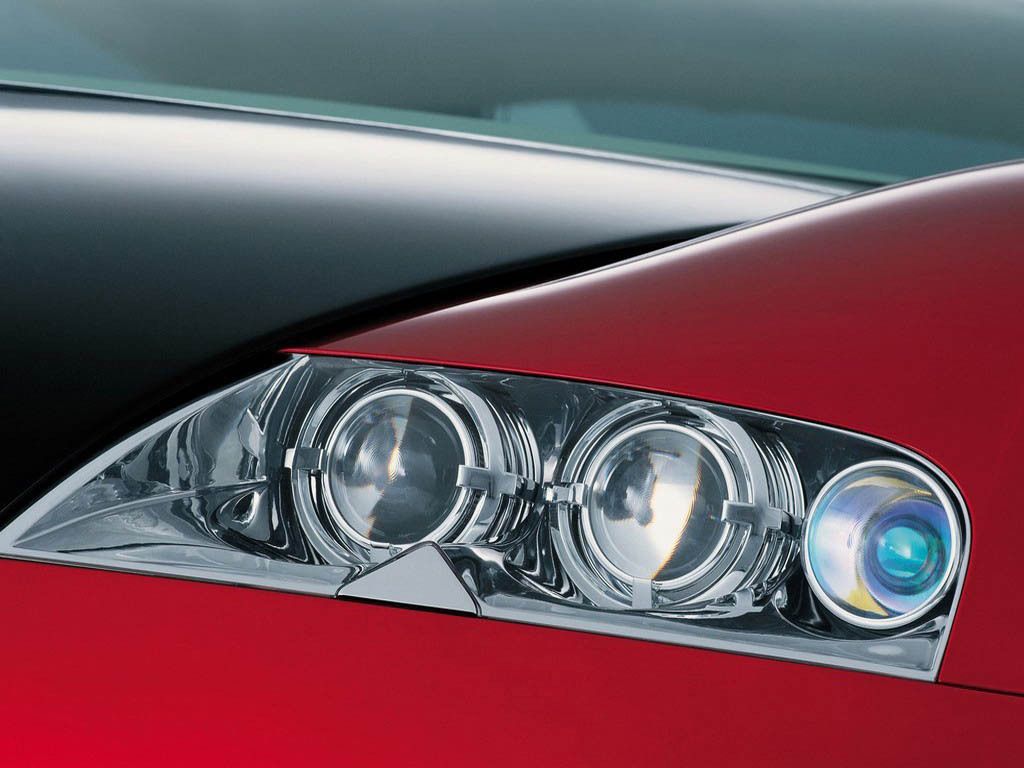
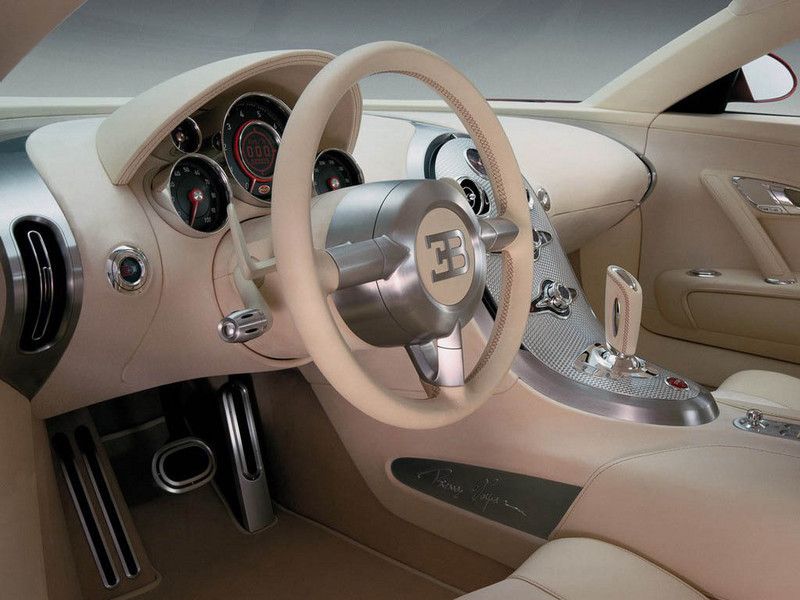
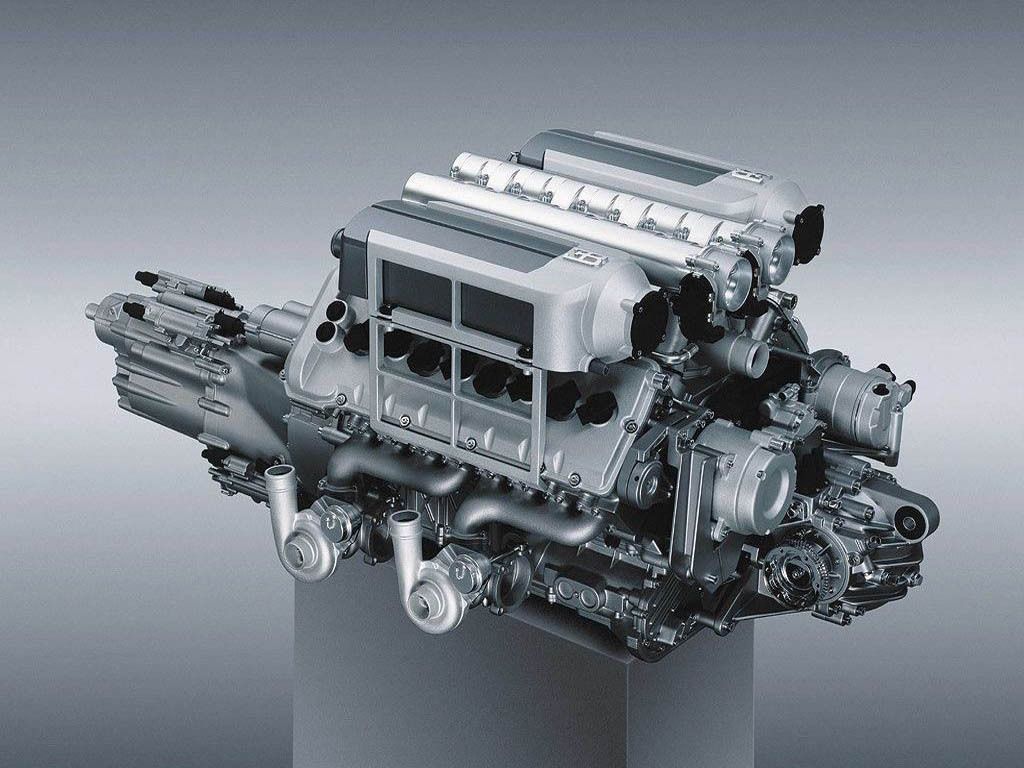
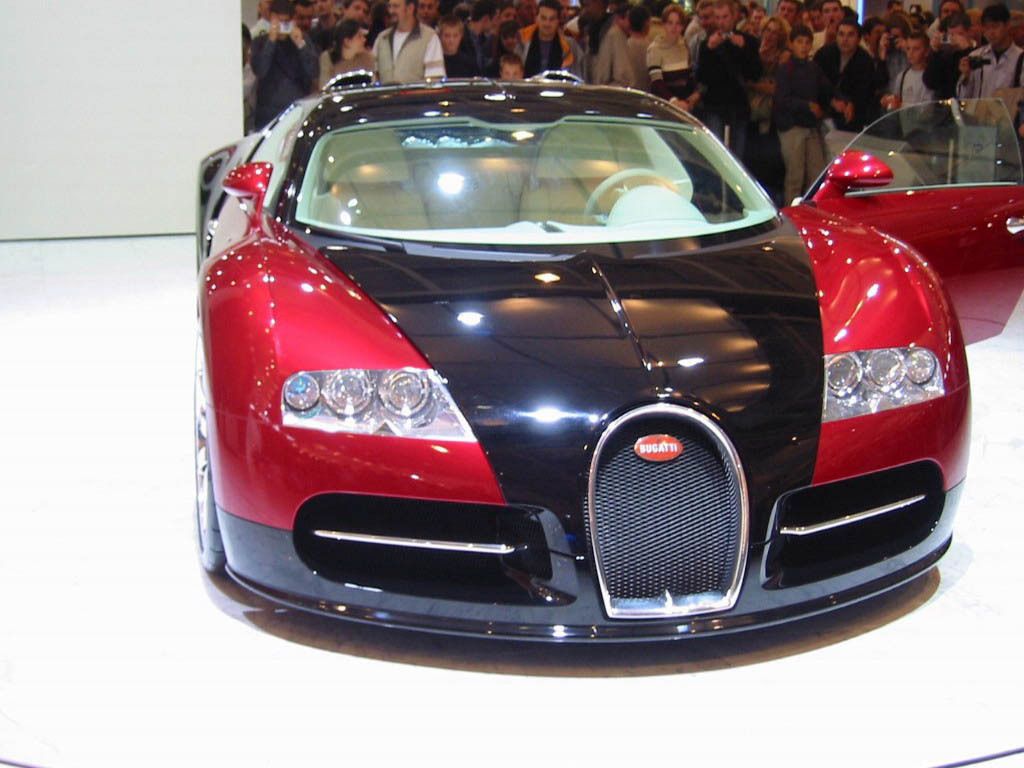
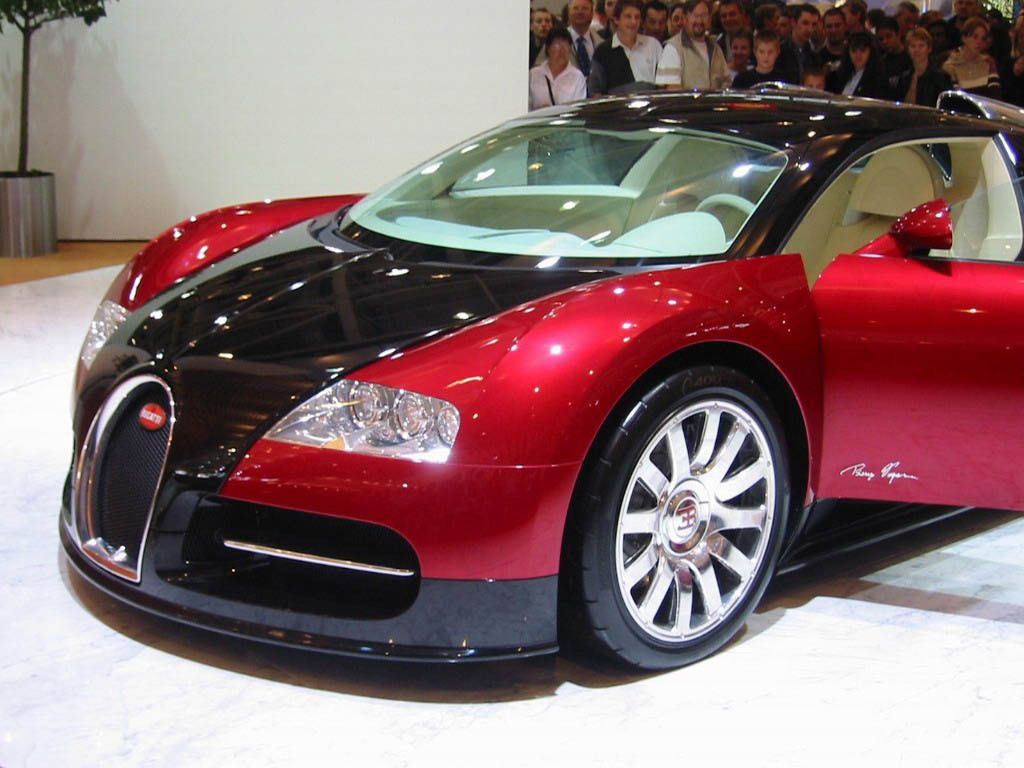
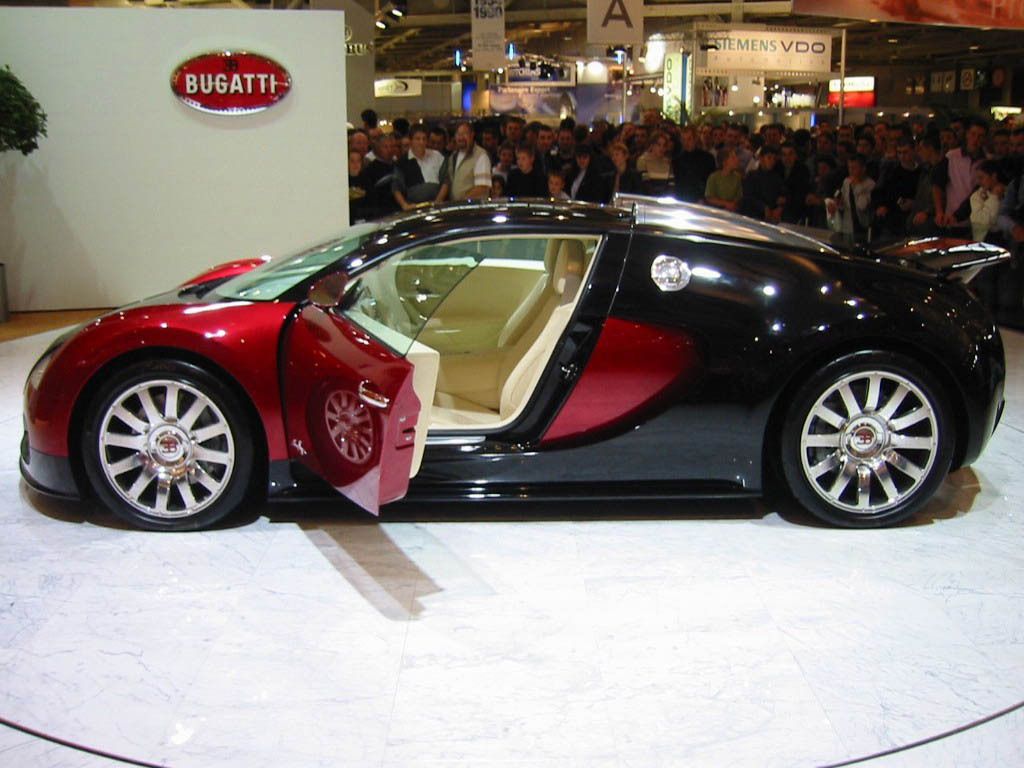
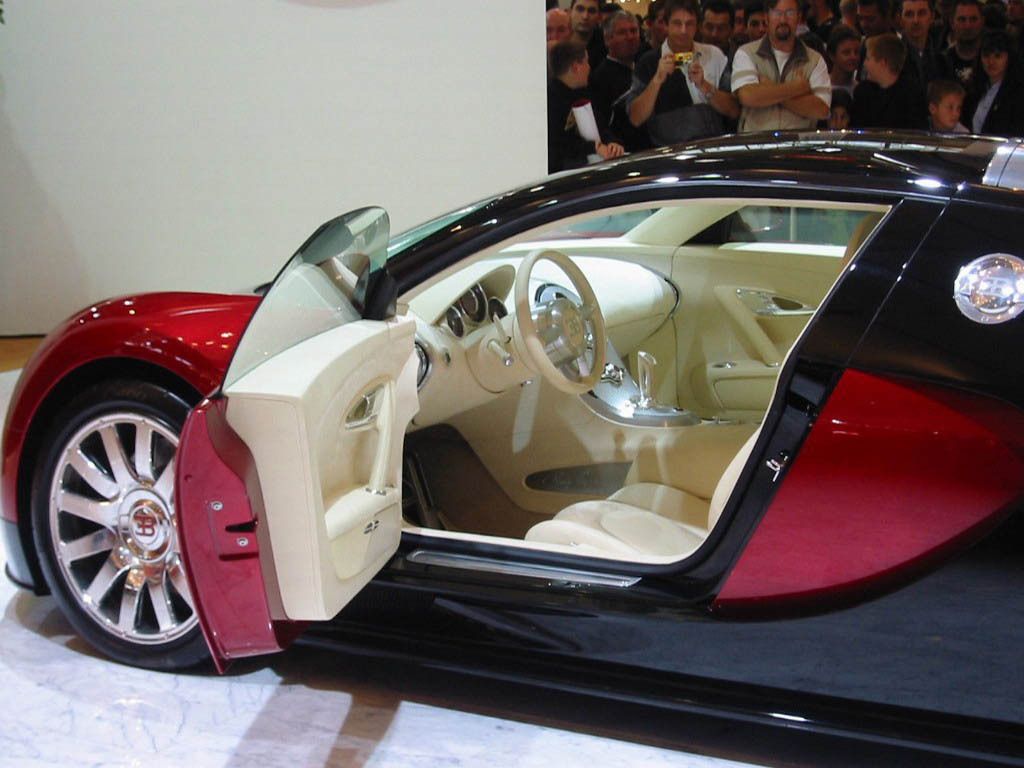
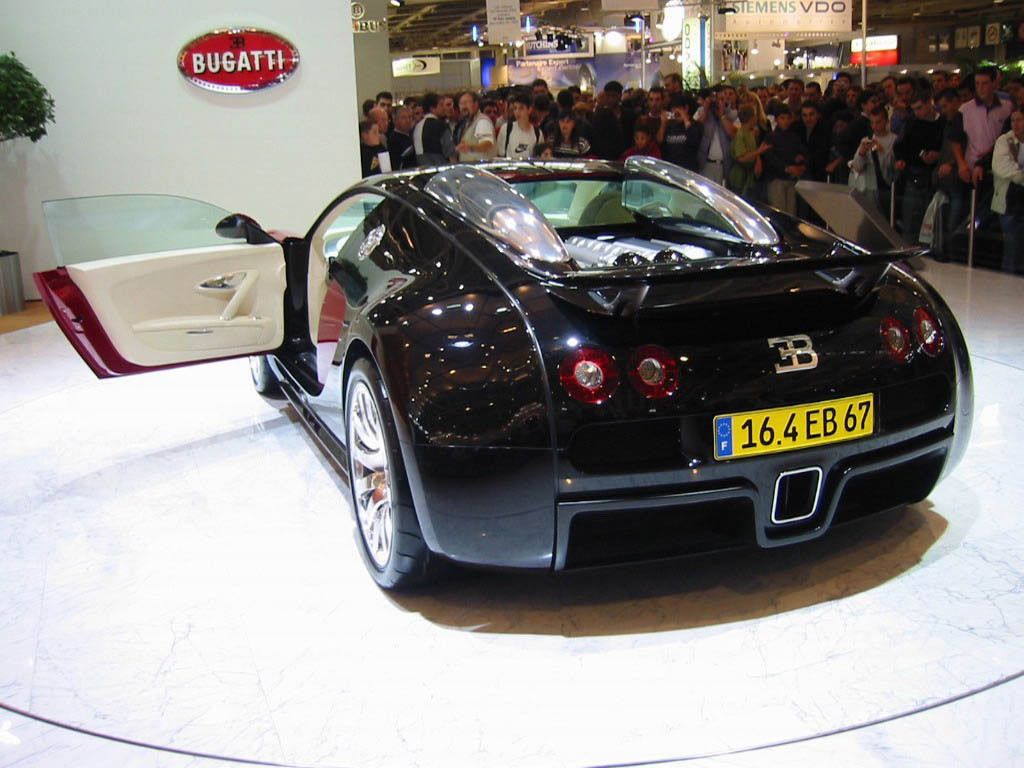
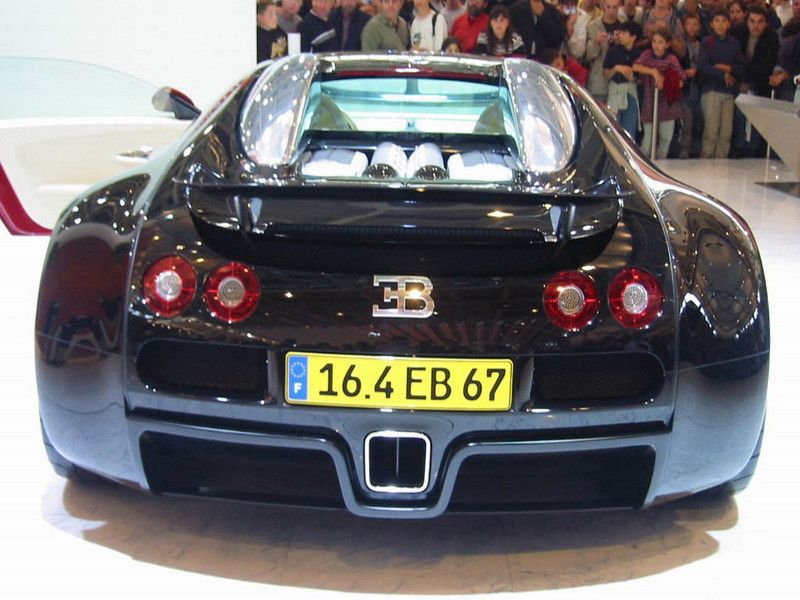
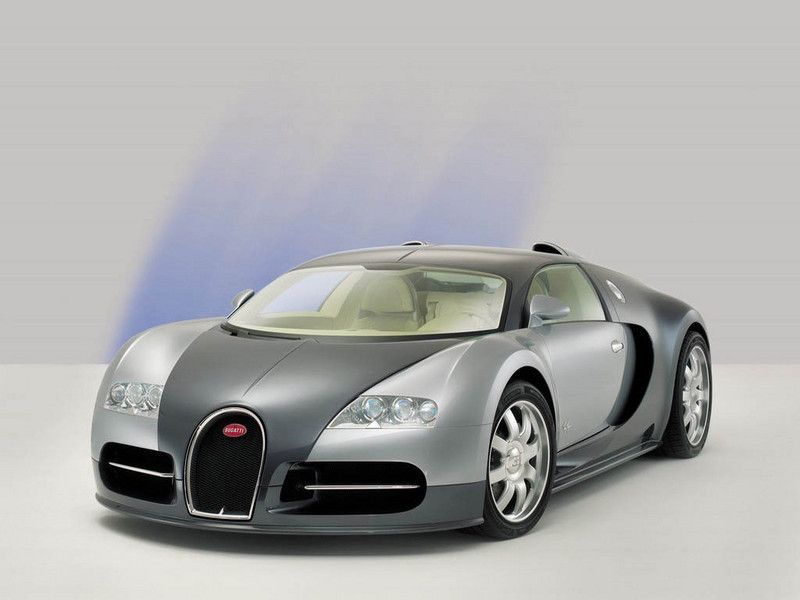
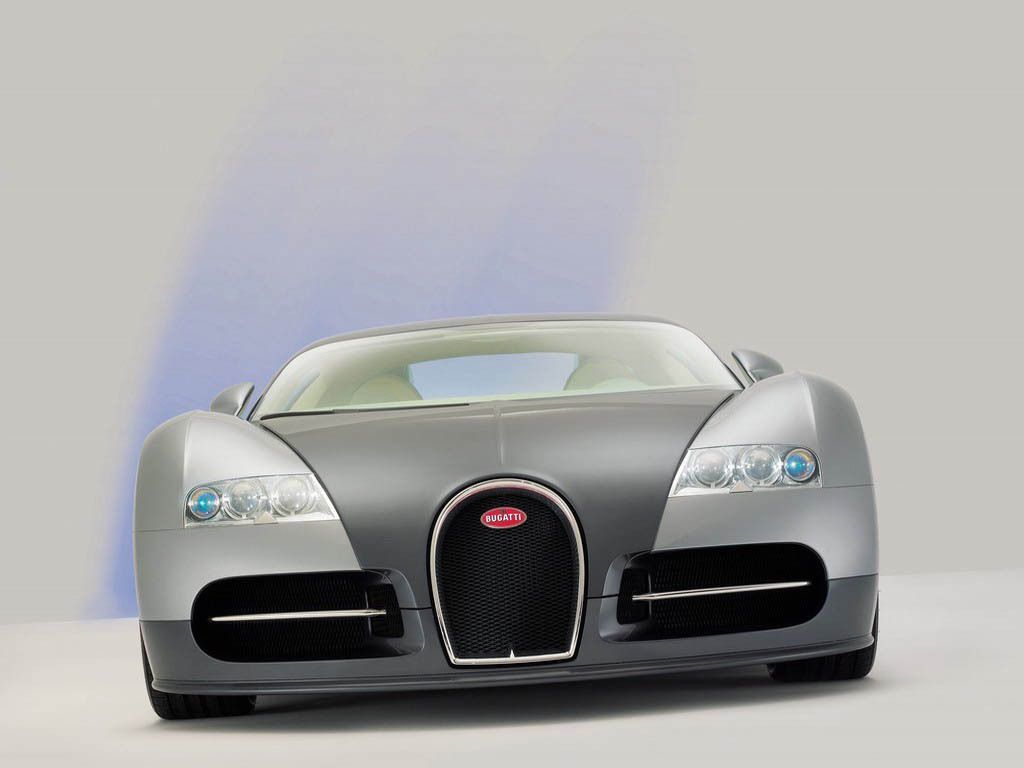
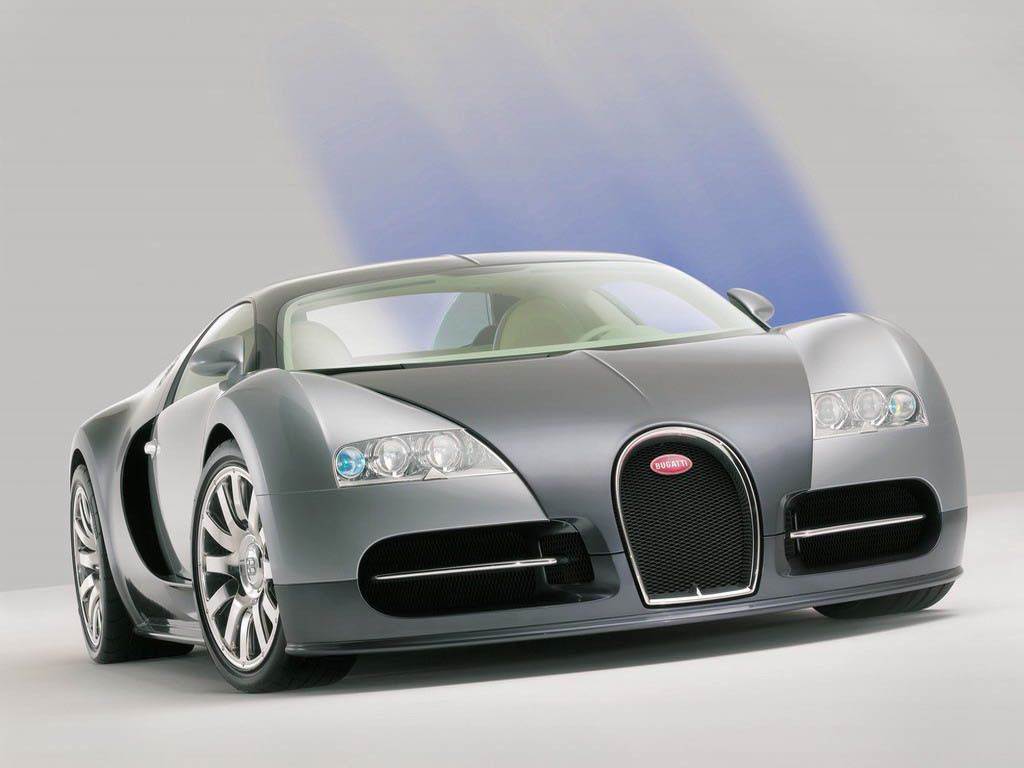
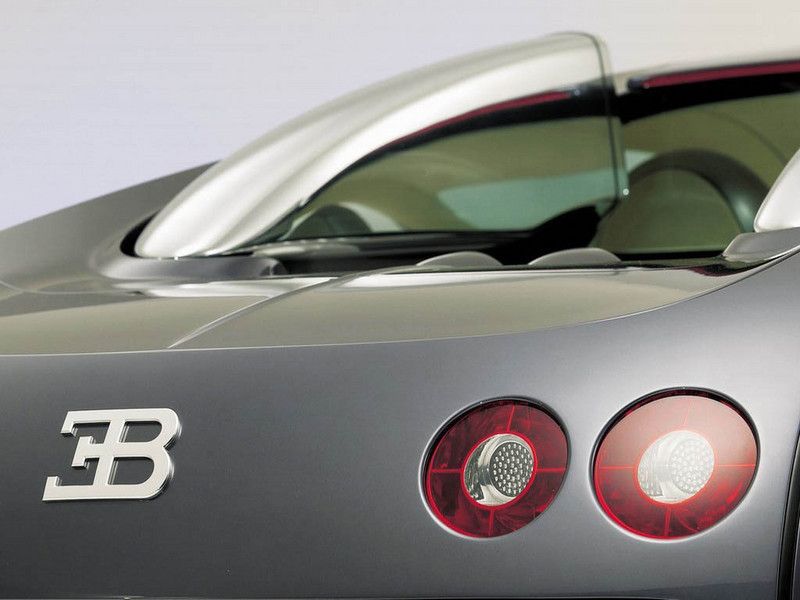
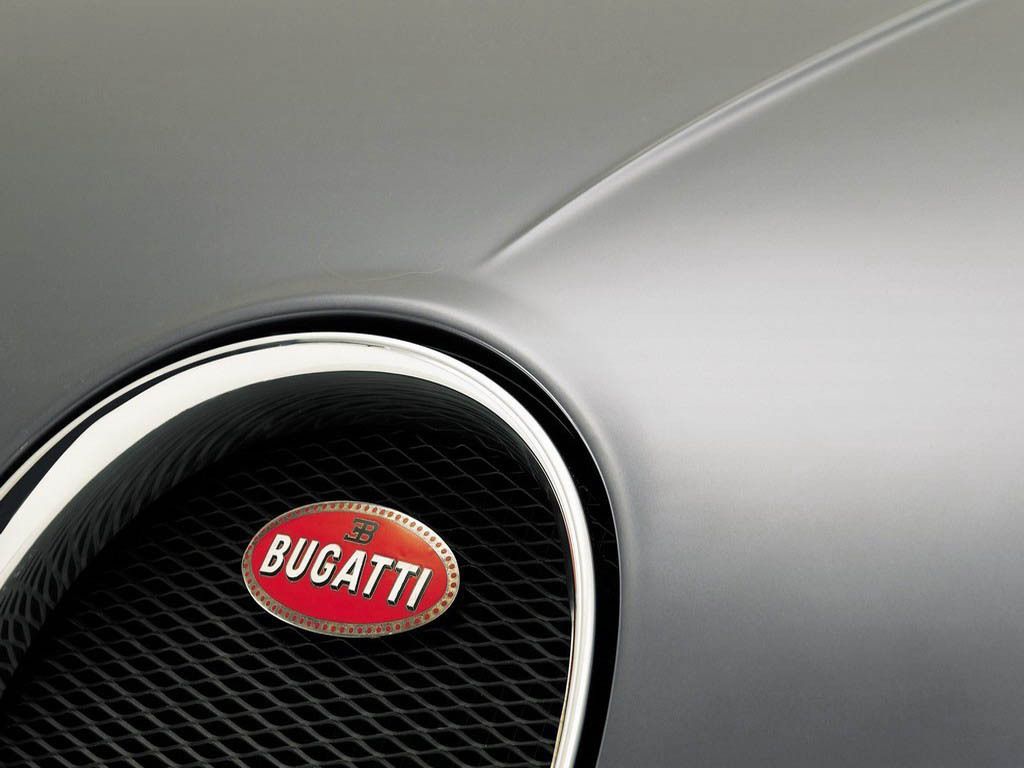
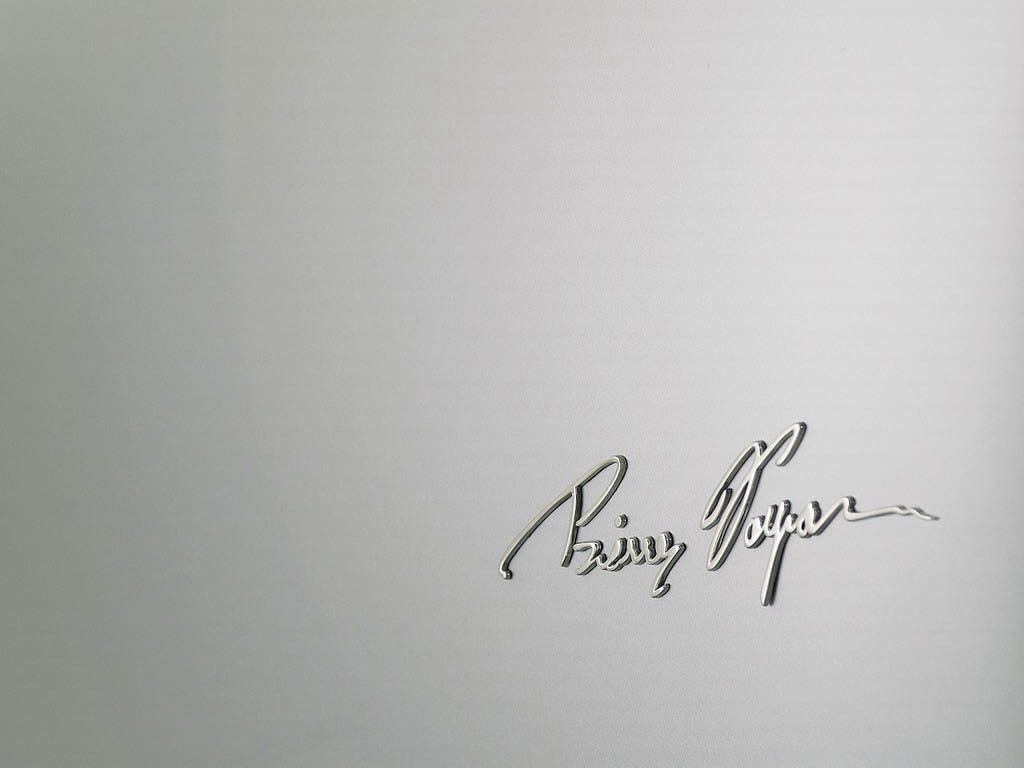
- Make: Array
- Model: 2002 Bugatti EB 16/4 Veyron
- Horsepower: 1001@6000
- Torque: 2200
- Transmission: 7-Speed Manual
- [do not use] Vehicle Model: Array
At the time of writing, in the spring of 2002, the 1001 bhp Bugatti EB 16/4 Veyron, although exhibited as a design study, has already reached a degree of driveline and body development that is close to series production status. The first theoretical performance figures are also available: the new 16-cylinder sports car should reach a top speed of 252 mph and accelerate from 0 to 186 mph in under 14 seconds.
The study exhibited at the 2002 Geneva Motor Show incorporates a large number of technological highlights. As on Formula 1 and Le Mans racing cars, the load-bearing chassis of the EB 16/4 is reinforced with carbon fibre for maximum strength and rigidity as well as minimum weight. This principle also ensures optimum passive safety for the car's occupants. The outer skin of the body is of mixed aluminium and carbon-fibre construction. The W16 turbocharged engine, which has dry sump lubrication and four continuously variable camshafts, surpasses the power output of even the latest Formula 1 engines. Power is transmitted to the wheels through a new type of sequential-shift seven-speed gearbox with twin clutches.
The EB 16/4 Veyron runs on tyres that use the new Pax system developed by Michelin. These high-speed tyres for speeds in the region of 248 mph have a pressure monitoring system and run-flat capability, so that safe handling is maintained and the car can be driven for more than 200 kilometres in the event of pressure loss.
The dimensions of the Bugatti EB 16·4 Veyron are equally impressive: the wheelbase is 2,700 millimetres, the car's overall length 4,466 mm, its width 1,998 mm and its height only 1,206 mm.
In addition to this design study, BUGATTI Automobiles S.A.S. is drawing attention to Bugatti's origins at the 2002 Geneva Show, by exhibiting a 16-cylinder racing engine dating from 1928. This engine documents an exciting era in automobile engineering during the early part of the 20th century: with its two Zenith carburettors and double magneto ignition, it represented the leading edge of automobile engine development in its day.




































